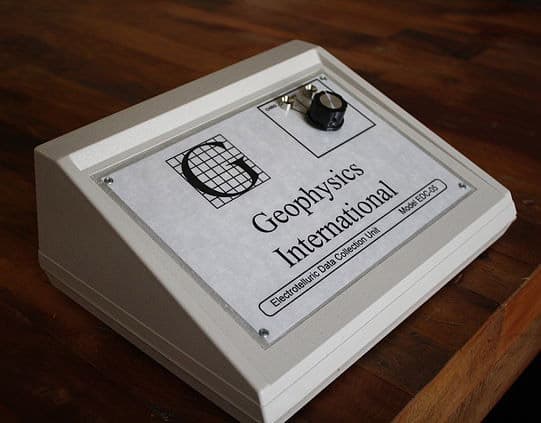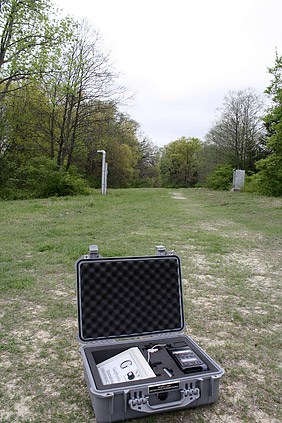Success Rates
Electrotelluric technology has the unique ability to provide detailed subsurface information about a reservoir’s presence, thickness, depth, and fluid type. Having this unparalleled degree of resolution prior to drilling greatly reduces dry hole risk, thereby increasing your overall success rate. 3-D seismic has a wildcat success rate of 43% while the PetroSonde’s wildcat success rate is closer to 50% at less than 10% of the cost of 3-D seismic.
On development wells the PetroSonde bats close to 80% success. Meaning the depth, thickness of pay, and fluid content are accurate. The ability to determine updip from downdip is the difference, many times, between a gusher and a dry hole. Shown here is our accuracy rates in different applications.


